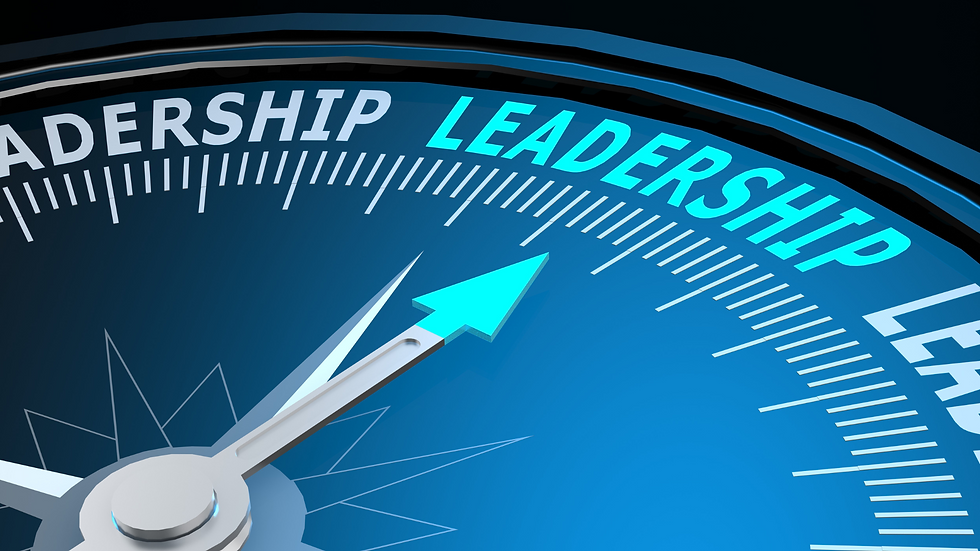People Strategy Is Growth Strategy: Why It Belongs in the C-Suite
- AstutEdge Resource Center
- Jul 16
- 1 min read
In many organizations, talent strategy is treated as support work. It's necessary, but not central to business planning.
But in a growth-stage company, every people decision is a business decision. Where you hire. Who you promote. How you structure teams. How you lead through complexity.

These choices shape your ability to execute the strategy you spent months perfecting.
Execution Lives in the Organization
Strategy doesn’t fail in the planning phase. It fails in execution — where structure, leadership, culture, and capability either reinforce your goals or undermine them.
If the executive team is talking about market share, M&A, or product innovation without involving talent strategy, they’re planning in a vacuum.
Talent Isn’t Just a Pipeline
A modern talent strategy isn’t just about filling roles. It’s about building the organizational muscle to move quickly, adapt well, and lead at scale.
This includes:
Defining future capabilities and mapping how to build them
Assessing leadership readiness for new phases of growth
Designing structures that flex without breaking
Aligning performance and values so the culture evolves with strategy
People Strategy Is Growth Strategy
If you want growth that sticks — not just this quarter, but long-term — talent must be treated as infrastructure, not a cost center.
That means your Chief People Officer isn’t a service partner. They’re a growth architect. People strategy is growth strategy. It just is.
.png)


